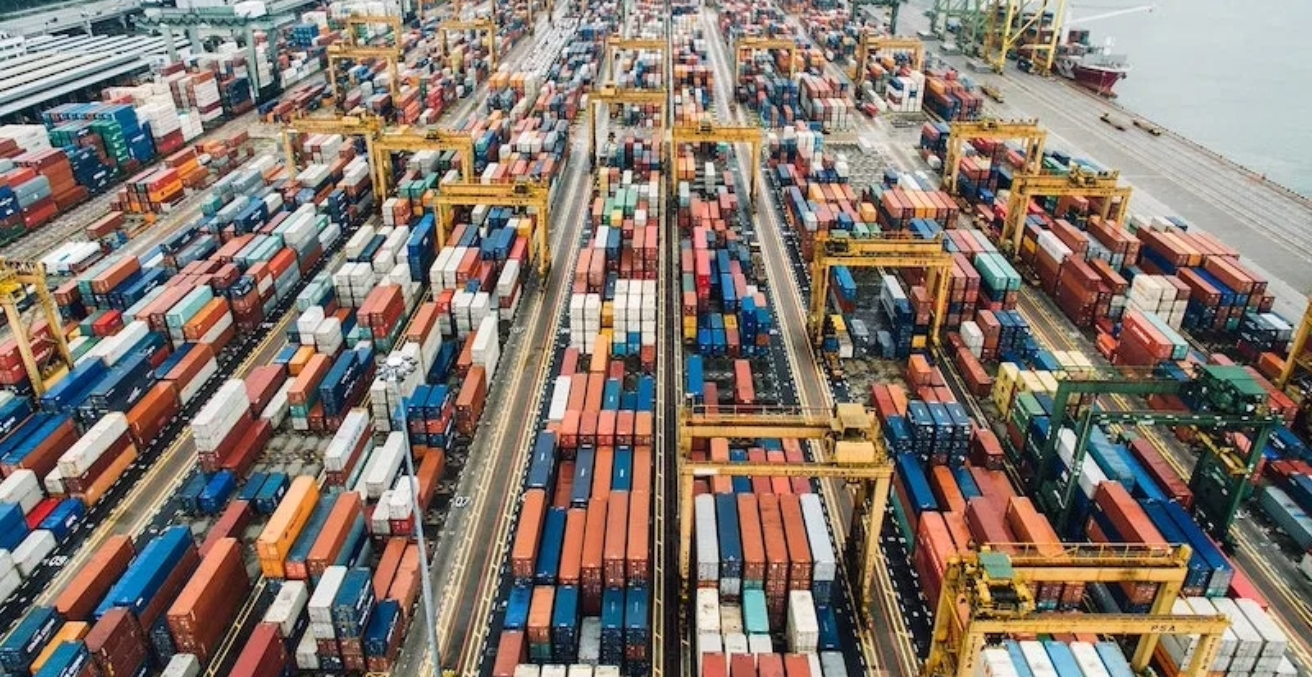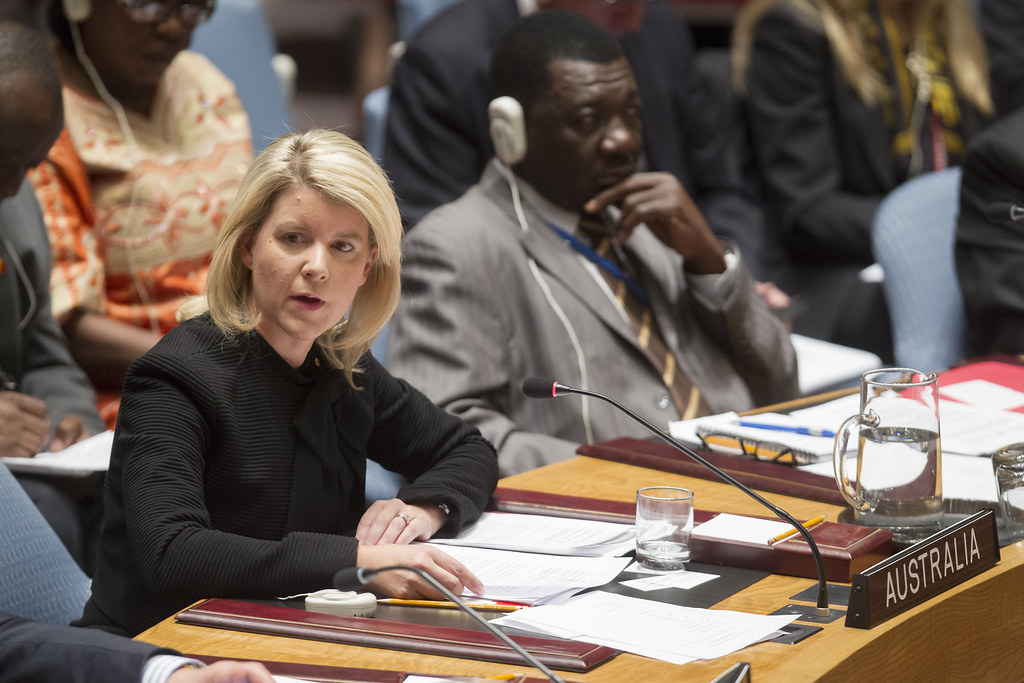Since the 2023 presidential elections, Ankara’s fight against inflation is showing mixed results amid policy shifts, capital volatility, and business frustrations. The official objective of single digit inflation is yet to be achieved.
Since the 1970s, the Turkish economy has experienced episodes of high but volatile growth. This pattern has shaped Türkiye’s policy dilemmas across multiple governments. Triggered by high growth and lax monetary policy, persistent struggles with inflation have remained a defining characteristic of the country’s macroeconomic landscape for decades.
This is despite successful budget balancing and public debt performance. Since 2002, Türkiye has maintained a relatively disciplined fiscal policy, achieving a commendable budget balance and keeping its public debt at manageable levels. Even with large post-earthquake expenditures to rebuild homes and infrastructure in 2023, the budget deficit remained contained at around five percent of GDP, similar to France and the US but better than Japan or Italy. Public debt as a percentage of GDP has remained notably lower than that of many other advanced economies. For instance, while France and Italy have public debt ratios exceeding 100 percent of GDP, Türkiye’s remains well below that threshold—generally hovering between 30 and 40 percent in recent years. This prudent debt management stands out, especially amid a global environment where many countries grapple with ballooning deficits and unsustainable debt burdens.
Consumer inflation reached nearly 100 percent annually during the 1990s, with a bus ticket costing over a million liras by the end of the decade. New Turkish lira banknotes were reprinted in 2006 with six digits less than the old banknotes. Reforms and macroeconomic policies—such as contractionary fiscal policy and tight monetary policy—had successfully brought consumer inflation down to manageable levels after the 2002 elections. However, a series of lax economic policies such as a reduction of the central bank’s policy rates and rapid expansion of bank credits in the late 2010s reignited inflationary pressures, with rates surging to alarming levels—peaking again at over 60 percent by 2023.
Following the 2023 presidential elections, the Turkish government and the Central Bank realigned their focus toward controlling inflation. Their policy shift yielded some early, if uneven, results: inflation, which hit 75.5 percent in May 2024, fell to 64 percent by the end of 2023 and further declined to 38 percent by April 2025.
The Ministry of Treasury and Finance, along with the Central Bank, continues to emphasise its commitment to the medium-term disinflation program. Current projections target annual inflation rates of 41.5 percent by the end of 2025, 17.5 percent by 2026, and ultimately 8.5 percent by 2027. Yet domestic challenges and global uncertainties continue to threaten these objectives.

Source: Author
The disinflation strategy is co-managed by the Central Bank and the Ministry of Treasury and Finance. In an aggressive monetary tightening cycle, the Central Bank hiked the policy rate from 7.5 percent at the end of 2023 to a record-high 47 percent in March 2024. As inflation showed signs of easing, the Bank cautiously began cutting rates to 41 percent over the following 12 months. However, political turbulence in March 2025 led to volatility in the Turkish lira, prompting a swift policy reversal with an emergency rate hike to 44.5 percent in April.
While high interest rates have helped curb domestic demand and slowed inflation, they’ve also imposed significant costs on Turkish firms. Businesses, especially in industry and construction, have complained about soaring financing costs that dampen new investments. The result has been a moderation in growth: GDP slowed from 5.1 percent in 2023 to 3.2 percent in 2024, and 2025 growth is expected to fall short of the government’s four percent target.

Source: Author
On the external front, the elevated interest rates succeeded in reversing the outflow of foreign capital. The Central Bank’s depleted reserves—down to US$98 billion in mid-2023—rebounded to $173 billion by February 2025, though they dipped again to $134 billion by early May.
The strengthened Turkish lira, driven by high interest rates and capital inflows, has helped lower import prices and supported disinflation. Yet this has also led to dissatisfaction among exporters, who argue the real appreciation of the lira has eroded the competitiveness of Turkish goods abroad. Despite real appreciation of the lira, the current account deficit has narrowed down significantly—from $40 billion in 2023 to just $10 billion in 2024. During the same period, the foreign trade deficit as a share of GDP declined from eight percent to 6.3 percent—due primarily to subdued import demand.

Source: Author
On the fiscal side, the government’s efforts to curb spending has faced structural obstacles. Rigid expenditure structures have left little room for meaningful cuts, leading the Ministry of Treasury and Finance to focus instead on increasing revenues. Measures have included higher fines and new taxes on luxury goods like yachts. However, these steps are viewed by many firms as punitive and heavy-handed, especially in a climate of high borrowing costs and fierce international competition.
All in all, Türkiye’s disinflation program remains on a difficult path. While progress has been made, the journey toward lasting price stability continues to face strong headwinds—both domestic and global.
Dr Murat Yülek is the rector at OSTİM Teknik Üniversitesi and author of How Nations Succeed: Manufacturing, Trade, Industrial Policy, and Economic Development.
This article is published under a Creative Commons License and may be republished with attribution.





